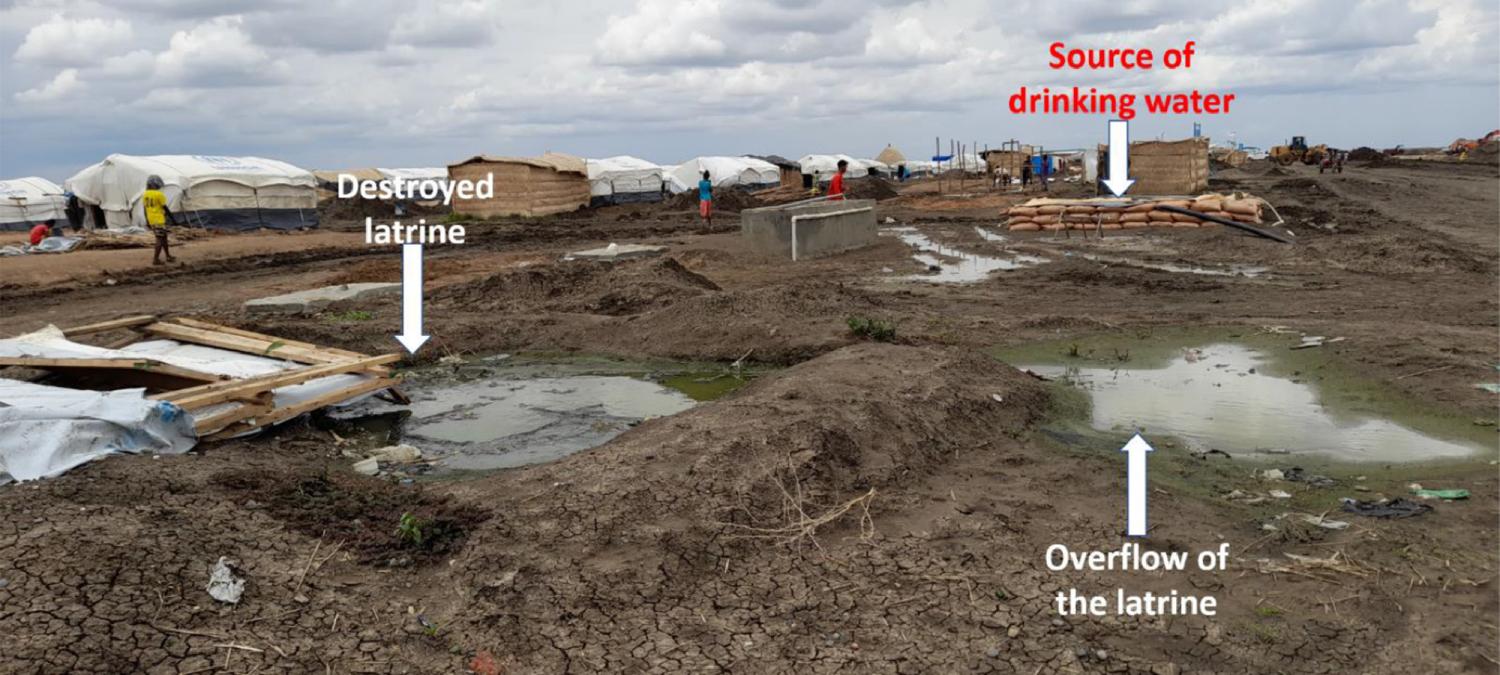
Introduction
Climate change is impacting the life, health, and security of people worldwide with poor communities and displaced populations at particular risk due to lack of awareness and mitigation plans. The Tigray war in Ethiopia has forced thousands of refugees to flee and seek safety and shelter in Sudan.
Methods
We investigated the impacts of climate change on this displaced population with a focus on the conditions experienced by Ethiopian humanitarian refugees who fled from the Tigray war in Ethiopia and settled in the Gedaref state, East Sudan. We analyzed data regarding the displaced population and climate-related weather effects in Sudan.
Results
Sudan is currently hosting over 63 thousand Ethiopian refugees who arrived between November 2020 and April 2021. These refugees were exposed to severe weather conditions including heavy rains, strong storms, severe floods, and heat waves which resulted in over 50% loss of their shelters and belongings, and around two thousand latrines were destroyed. Furthermore, an outbreak of Hepatitis E virus is ongoing among refugees with nearly one thousand cases reported. Massive and routine vaccination campaigns were launched to avoid the spread of locally transmitted diseases among the refugees including COVID-19, polio, cholera, and measles.
Conclusion
The living conditions and lack of reliability of essential services among the displaced populations are increasing their vulnerability to the negative impacts of climate change on their life, health, and security. We recommend incorporating a mitigation and adaptation plan to climate change into humanitarian response plan and strategies, including raising awareness and training, in order to prepare a well-developed contingency plan that takes these factors into account.
